Most of us lead busy, work-filled lives, often clocking in a 9-to-5 five days a week. And when that clock signifies the hour to leave, the last thing on anyone's mind is: "Time to go to the grocery store to pick up more fresh produce!" (Well, to be fair... maybe more people are psyched about this, but I know with certainty that I am not one of them.)
What a large majority of us do instead is go grocery shopping on the weekend, when we have the time to peruse the shelves and figure out what we want to eat for the week—and this includes shopping for produce (unless you regrow your veggies, of course).
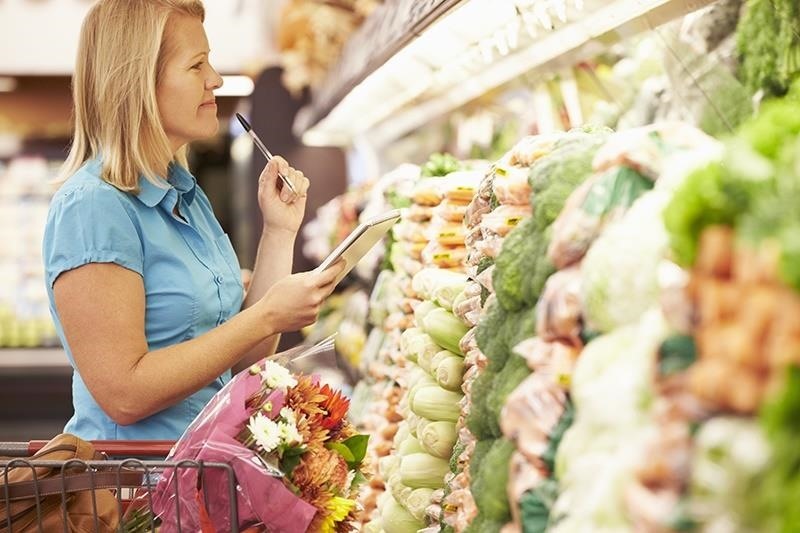
Thanks to modern-day conveniences, we can keep fruits and vegetables in the fridge (or freezer) for longer periods of time than in the past. This allows us to buy a week's worth of groceries in advance... but it also allows us to buy more than we need, thus leaving us with vegetables of questionable quality after a certain period of time.
- Don't Miss: How to Select Vegetables at Their Peak
Luckily, we have a quick guide for you to reference when trying to figure out how long you can continue to use veggies that have been in the fridge for a while: without compromising your safety or your taste buds.
Leafy Greens
This category varies wildly, due to the huge variety of greens out there... however, for the sake of brevity, I'll stick to the most common ones.

- Lettuce can be divided into two groups: leafy lettuce (such as romaine, red leaf, green leaf, and so on) and iceberg lettuce. Iceberg lettuce keeps quite well in the fridge and is safe for consumption for 1-2 weeks. Leafy lettuce, however, can go bad within the span of 3-7 days. The best way to keep your lettuce fresh is to chop the leaves as you would for salad, then wrap the lettuce loosely in a paper towel and keep in an airtight container. If you aren't using your head of iceberg lettuce right away, leave it as-is—the outer leaves will wilt, but the leaves deeper in the head will remain crisp.
- Spinach is the most delicate of this bunch and will only last for 1-2 days before starting to wilt and discolor—so if you're cooking with spinach in a recipe, I would either recommend cooking the recipe within a day or two of buying the spinach or cooking the spinach right away (by sautéing or blanching), refrigerating the cooked spinach, and using it when necessary later on in the week.
- Don't Miss: Make Salad Greens Last Longer with Homemade CO2
- Don't Miss: How to Use Lettuce & Other Greens Before They Go Bad
- Don't Miss: Make Bad Lettuce & Other Leafy Greens Edible Again
Brassicas
We've already covered how to make these vegetables taste absolutely amazing, but let's talk about storage.

- Broccoli and cauliflower are best stored in an open plastic bag (to encourage circulation) in the fridge and will keep for up to 2 weeks. However, if you've already cut and prepped the florets, they will keep for only up to 1 week when stored in the same fashion.
- Brussels sprouts and cabbages will last several weeks in the fridge and don't require a sealed container or any fuss; the leaves on the outside may wilt, but the inside will still remain crisp and fresh. If cabbage leaves have been shredded or separated, though, they will only last for a few days. The best way to ensure that these tightly-packed leaves will last for the max amount of time in the fridge is to make sure that they are completely dry before placing in the fridge; the trapped moisture will cause them to spoil much quicker.
- Kale will last in the fridge for 1-2 weeks; it is best to leave it whole and unwashed in the fridge until you're ready to use it. However, watch the color of the leaves; once they start turning yellow, you'll need to throw your kale out.
Bulb Vegetables
The vegetables that belong in this group often emit ethylene gas, which causes both fruits and veggies to ripen (and therefore go bad) faster; therefore, these types of veggies are best kept away from the rest in order to prolong freshness.

As a rule of thumb, these veggies are best left out of the fridge; this family includes garlic, onions, green onions, and shallots. They are instead better stored in cool, dry places that aren't exposed to a lot of light.
- Garlic bulbs, if stored properly, can last for 3-5 months. If you've already peeled and/or chopped your garlic, keep it in a sealed plastic bag in the fridge and it will last a week.
- Onions will keep for 1-2 months in the summer and up to 6 months in the winter, since the conditions are less humid and cooler. If cut and peeled, they will last in a sealed plastic bag in the fridge for a few days.
- Shallots will keep for a month at room temperature and for 2 weeks if you store them in the fridge.
- Leeks are, again, best kept away from the fridge and in a cool, dry place. In ideal conditions, leeks will last for up to 3 months; if kept in the fridge, they'll last for 2 weeks.
- Lastly, green onions are much more delicate than their bulb cousins and are best left in the fridge—just be sure to keep moisture away from them, wrap them lightly in plastic, and keep them as far from thin-skinned veggies and fruit. They'll last for a week.
Root Vegetables
Roots are hearty vegetables by nature—literally!—and can usually weather the fridge a little better on average than greens. Just be sure to trim the tops off of radishes, carrots, beets, and so on before storing them in the fridge; if you leave the tops on, the greens will continue to suck nutrients out of the root and the vegetable will lose its crunch.

- Carrots, rutabagas, beets, turnips, and parsnips can be stored for up to 2 weeks in the fridge according to the FDA; however, other sources (including the Carrot Museum... which apparently is a thing) state that carrots (and therefore the other root vegetables listed) can last up to several months in the fridge if stored properly. "Proper storage" involves keeping the veggies dry in a plastic bag lined with paper towels; if the paper towels start to look damp, replace them with fresh paper towels and continue to store until needed.
- Potatoes, which includes sweet potatoes, should never be stored in the fridge, as their flavor is compromised by the cooler air that is circulated in the fridge (which you can learn more about here). Keep them in a well-ventilated storage area, such as a paper bag, in a dark area of your kitchen or cellar to prevent greening and sprouting.
- Ginger root is best when stored in a resealable plastic bag with the air removed, and will last for 1 month in the fridge. If the root has been peeled, the same method of storage is fine, but it won't last as long.
Squash
Fun fact: Summer squash is literally just that—squash that is harvested in the earlier season before it has time to develop the hearty rind we associate with winter squash!


- Summer squash such as zucchini last for up to 1 week in the fridge, and are best stored in a sealed plastic bag.
- However, winter squash such as spaghetti squash, pumpkins, and butternut squash have thicker rinds and don't require refrigeration. As long as they're kept in a cool, dark place, they'll be good for several months. If you've already cut into your squash and peeled or separated the rind from the flesh, though, the exposed squash will only last for up to a week. Be sure to either tightly wrap the squash or place it in an airtight container in the fridge.
Other Vegetables
Here are other common veggies that are probably a staple on your grocery list.

- Asparagus is best stored with its woody bottoms either submerged in water or wrapped with a damp paper towel; I find it easier to store it standing upright in a bowl of water for space-saving reasons. If kept in the fridge with water, it should last 2-3 weeks. Don't let the water stand for too long, though—change it daily for optimal results.
- Avocados, when ripe, keep in the fridge for 2-3 days before their quality is compromised. If it's already been cut, check out this guide to see how to keep it from browning.
- Fresh peppers, such as bell peppers, or jalapeños, will keep in a fridge for up to a week according to the Department of Food Science & Technology at UC Davis. Make sure that the peppers are completely dry before placing them in the fridge.
- Celery can be kept in the fridge for up to 2 weeks according to the FDA. Steph of Fearless Fresh recommends keeping cut celery stalks in a sealed bowl full of water in the fridge to ensure crispness for up to a week.
- Corn should stay in its husk if not being used right away—its max shelf life in the fridge is 3 days.
- Cucumbers are actually better off out of the fridge rather than in the fridge according to the USDA; temperatures below 50°F compromise the quality of the veggie in a matter of 2-3 days, whereas keeping cukes out on the counter at room temperature will stay fresh for over a week!
- Eggplants can be kept in a perforated plastic bag in the fridge for 5-7 days; if left on the counter, they will only last for 1-2 days before spoiling.
- Green beans (also known as snap or string beans) will keep in a plastic bag in the fridge for up to one week, according to Sweetwater Organic Farms. Just make sure that the bag and beans are dry before refrigerating.
- Mushrooms are actually stored best in their original packaging when you buy them from the store, according to The Kitchn—unopened, they will last up to a week without spotting or slimy coating. They'll remain tasty and ready for consumption for 7-10 days if whole and 5-7 days if sliced. Check out a more comprehensive guide on mushroom care here.
- Tomatoes have endured a bit of debate about whether they belong in the fridge or not; there are trusted sources (Serious Eats and Alton Brown, respectively) on either side of the fence. The FDA states that tomatoes are best consumed within 2-3 days of storage in the fridge, but I've personally left tomatoes in the fridge for up to a week without much issue... so I would have to go with Serious Eats on this one, based on my personal experience.
- Don't Miss: Ingredients 101: Heirloom vs. Hybrid Tomatoes
That's a Lot of Veggies!
The biggest take-home message here (other than the fact that vegetables all have different optimal storage preferences) is that veggies last longest in the fridge when left in their natural state; in other words, un-chopped, unpeeled, and un-prepped. The only exceptions to this rule are root vegetables, which need their tops trimmed before being placed in the fridge. And, unless explicitly stated, keeping your veggies dry in the fridge is a great rule of thumb.
Hopefully this list enables you to enjoy vegetables at the peak of their freshness without forcing you to stop by the store outside of your once-a-week trip. I'd like to note that, while this list is excessively long, it is by no means exhaustive; let us know in the comments if we've left your favorite veggie off the list!
More Helpful Veggie Hacks:
Just updated your iPhone? You'll find new emoji, enhanced security, podcast transcripts, Apple Cash virtual numbers, and other useful features. There are even new additions hidden within Safari. Find out what's new and changed on your iPhone with the iOS 17.4 update.
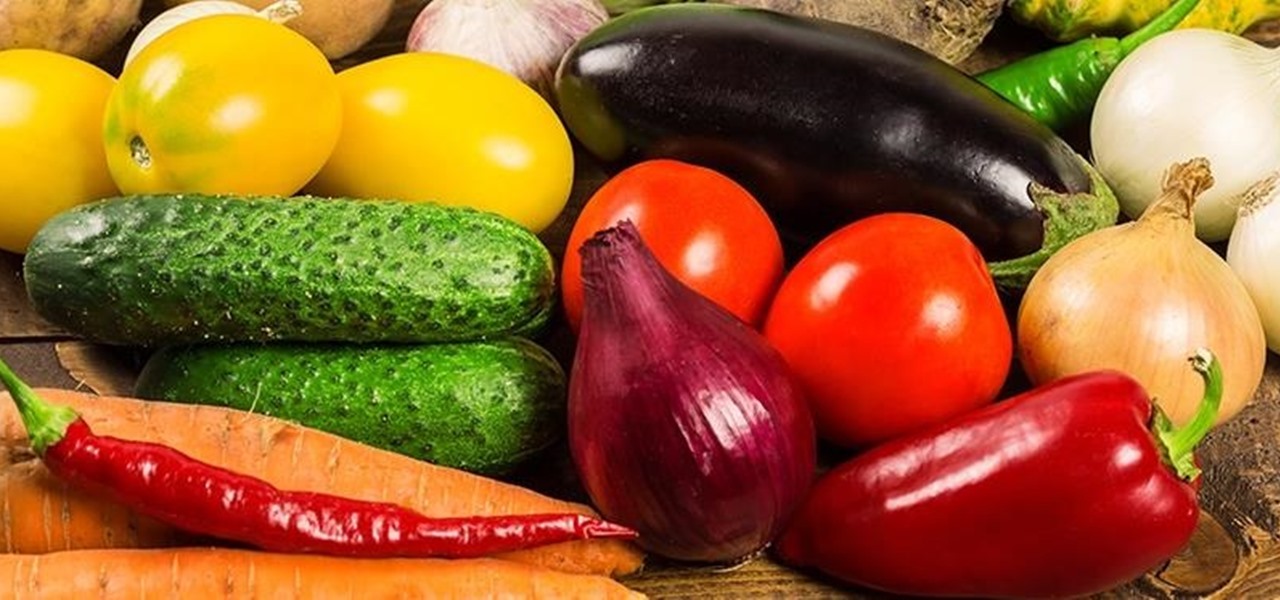


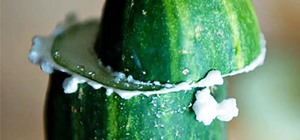








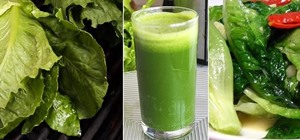

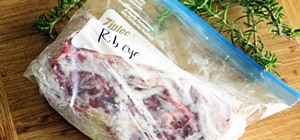
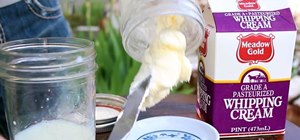

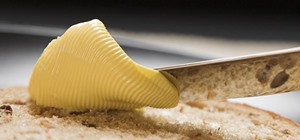

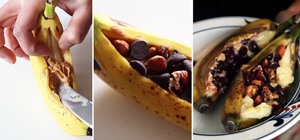



Be the First to Comment
Share Your Thoughts